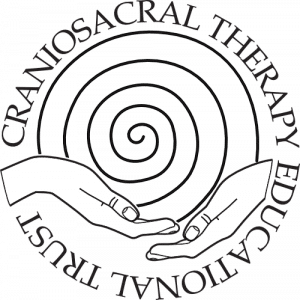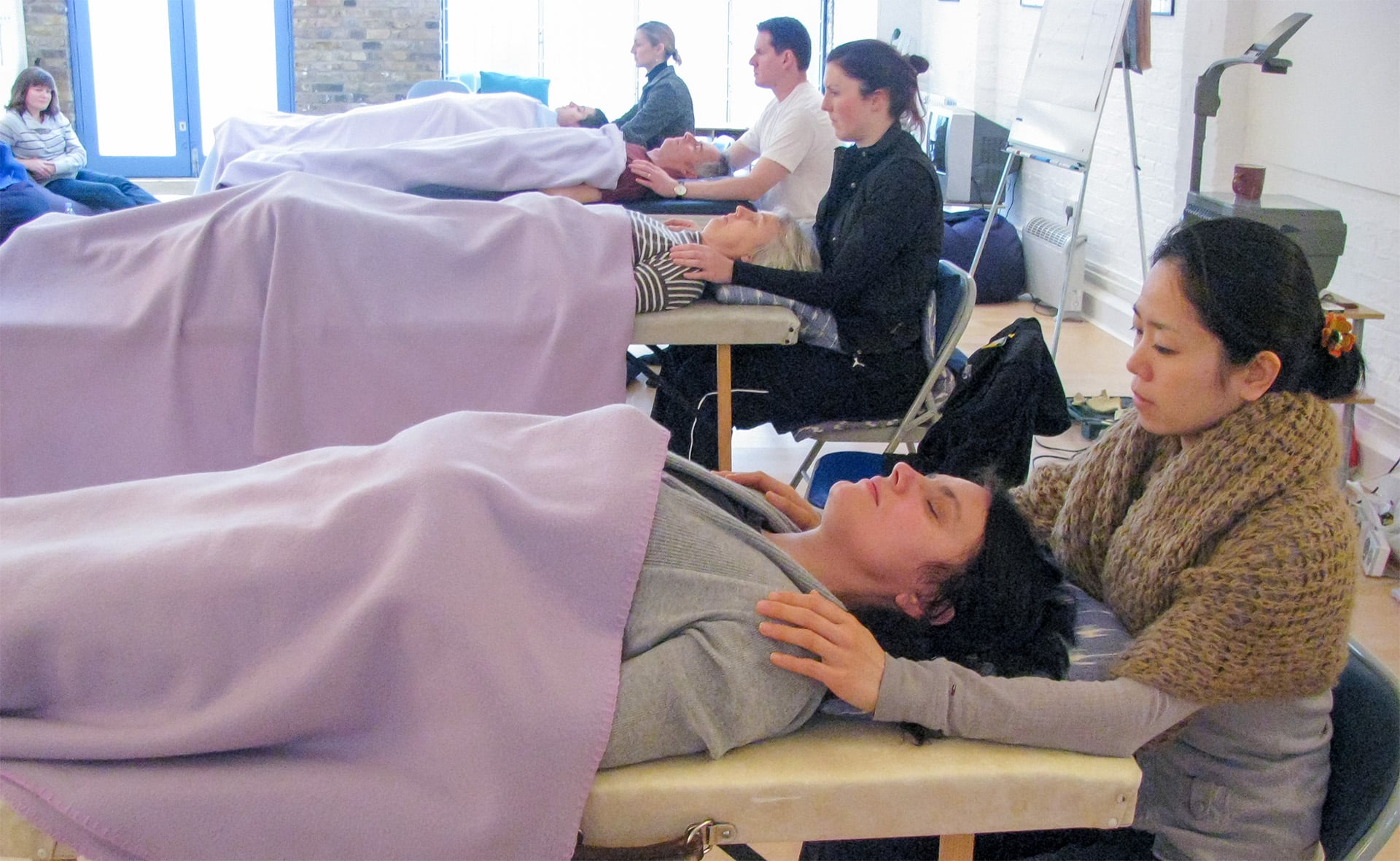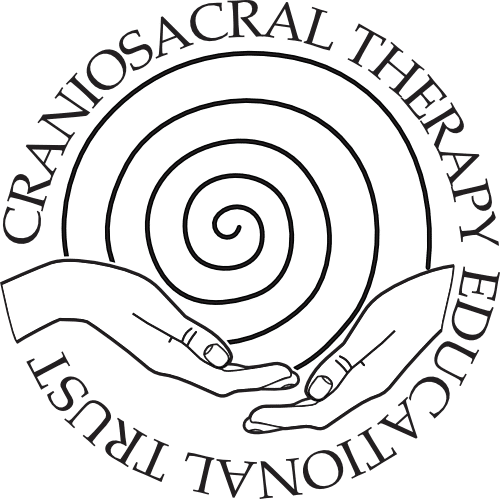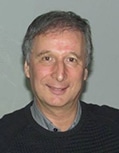Craniosacral Therapy Practitioner Training
Craniosacral Therapy Practitioner Training
In order to cure the human body, it is necessary to have a knowledge of the whole of things.
Hippocrates
Study with the best!
Course Overview
This two-year part time training consists of eleven 4-5 day seminars providing 48 days of classroom attendance, plus four to ten days at our teaching clinic. It offers a comprehensive foundation to effectively practice Craniosacral Therapy in a professional capacity and is taught with a flexible approach that gives support for individual learning styles. Seminars are held at the Trust’s light and convenient venue in London. Those who are unable to attend in person can participate in the seminars online during the first year and join the class in person from the fifth seminar. All participants will take part in the practice sessions, and receive full support and feedback.
The training provides a good balance of theory and practice, with much classroom time dedicated for practical session work. An emphasis is placed on the development of palpatory, perceptual and treatment skills which the student can integrate in a developing process. The learning and integration of skills is based on the student’s own explorations and experience of the work, which is comprehensively supported by supervision and feedback from tutors. Clinical experience is gained during the latter stages of the training at the Trust’s unique teaching clinic in London.
Biodynamic Craniosacral Therapy
Trainings offered by the Trust follow a biodynamic perspective of craniosacral work, which is based on an understanding of the natural forces that organise our form and function. The biodynamic approach was pioneered by osteopath Dr. William Sutherland, who discovered that there are series of subtle rhythms which are expressed through the body, as well as an essential stillness that lies at our core. The integrated functioning of this system of rhythmic motion is a primary factor in determining our health and well-being. Dr. Sutherland realised that these subtle motions are essentially produced by our inherent life force, which he referred to as the “Breath of Life”. The Breath of Life acts as our most fundamental organising force which governs all other aspects of our physiological functioning. When our natural rhythms are restored and integrated, health follows.
The principles outlined in the pioneering work of Dr. Sutherland and his student Dr. Becker, together with the integrative approaches of Michael Kern and Franklyn Sills have played a major part in the development of course content and teaching methods. The course incorporates extensions of the work developed by other practitioners in the field and students are also introduced to related fields of practice, including Dr. Peter Levine’s and Babette Rothschild’s approaches for working with the effects of shock and trauma, Dr. Stephen Porges’ findings about the autonomic nervous system, Dr. William Emerson’s work in pre-natal and birth process and Dr. Raymond Castellino’s approach to working with babies, children and families.
As a core principle, students are encouraged to listen and respond to the treatment priorities led by the patient’s own natural tendencies and capacities to find health. Treatment can then be applied with appropriateness, effectiveness and safety according to individual needs. The course is grounded in an understanding of body physiology and includes a study of the movements that occur during our embryological development, as this provides great insight into how the body is organised and maintained throughout life.
Admissions
The course is open to health care professionals from a wide variety of training backgrounds as well as those who wish to become therapists as a career change. A “Living Anatomy” foundation course in anatomy and physiology is available for those with no previous experience. These courses are designed so that they can taken concurrently. We are also happy to welcome students from many countries around the world.
Accreditation and Affiliation
Successful completion of the course leads to a professional diploma in Craniosacral Therapy and all graduates are awarded the designated letters BCST (Biodynamic Craniosacral Therapist). The BCST award comes from the Trust as part of its membership of the International Affiliation of Biodynamic Trainings.
CTET is fully accredited by the Complementary Medicine Association (CMA) and graduates are also eligible to join the International Cranial Association (ICrA), Complementary and Natural Healthcare Council (CNHC) and many other international Craniosacral practitioner associations. CMA is a well-established professional body that maintains standards in the UK and protects both Craniosacral Therapy practitioners and their clients, and CNHC is a regulator for complementary healthcare practitioners set up with government support, setting standards for practitioners to meet.
As human engineers, as physicians, we are dealing with the most powerful force within the human body when we learn to use the tidal movements of body physiology, tidal movements designed by the Master Mechanic.
Dr. Rollin Becker



